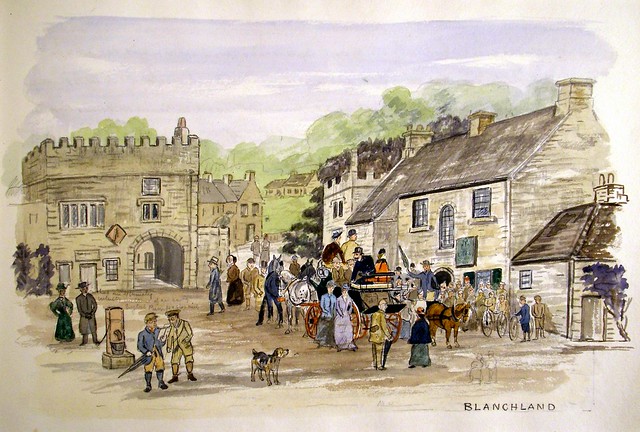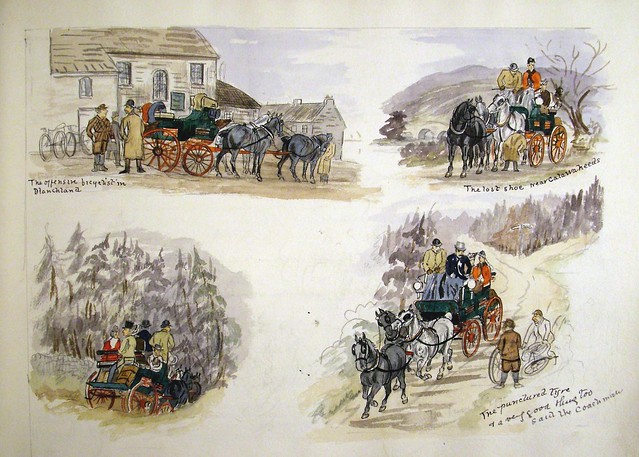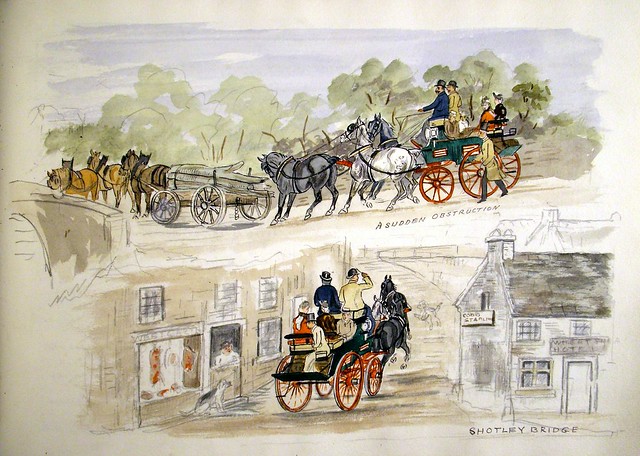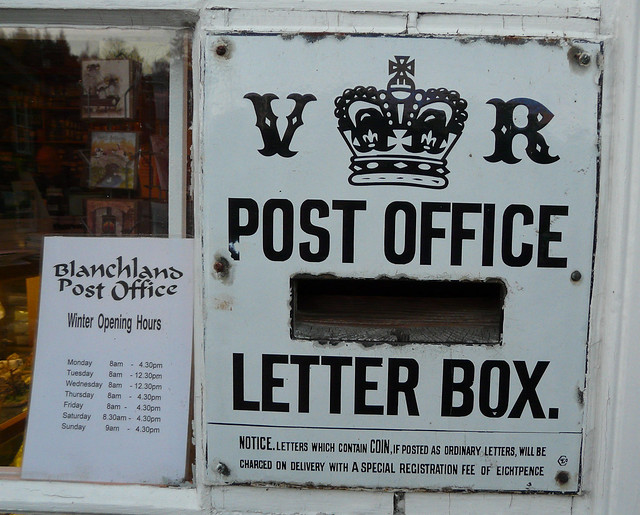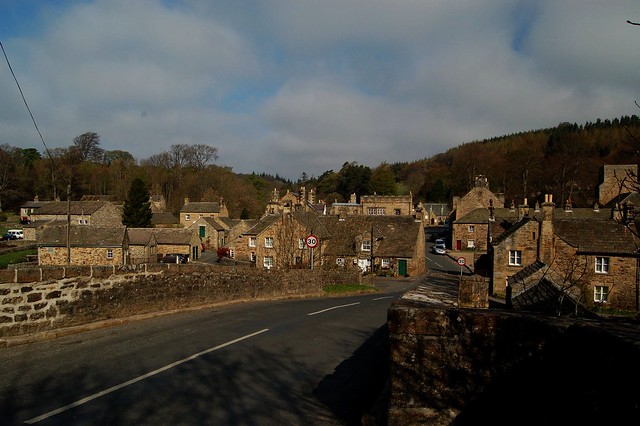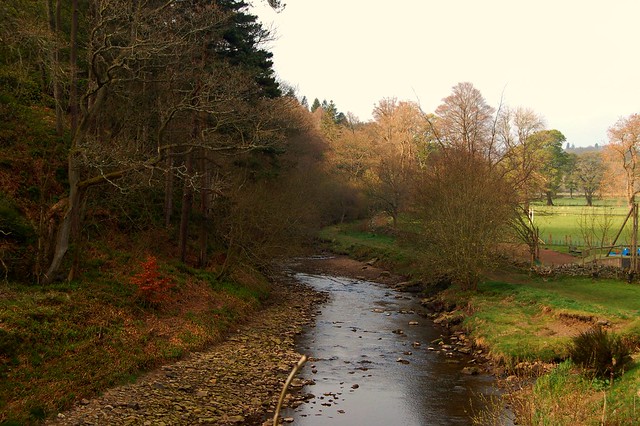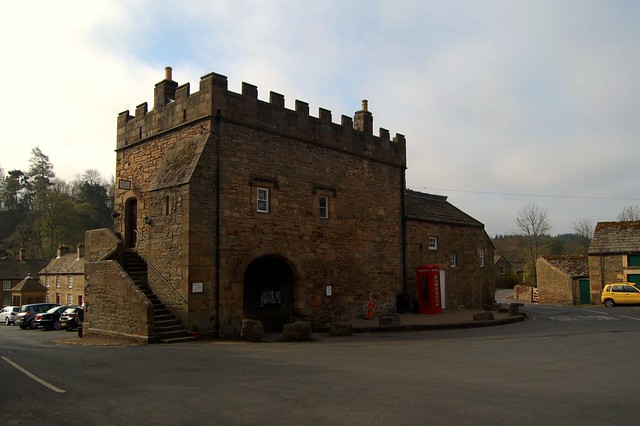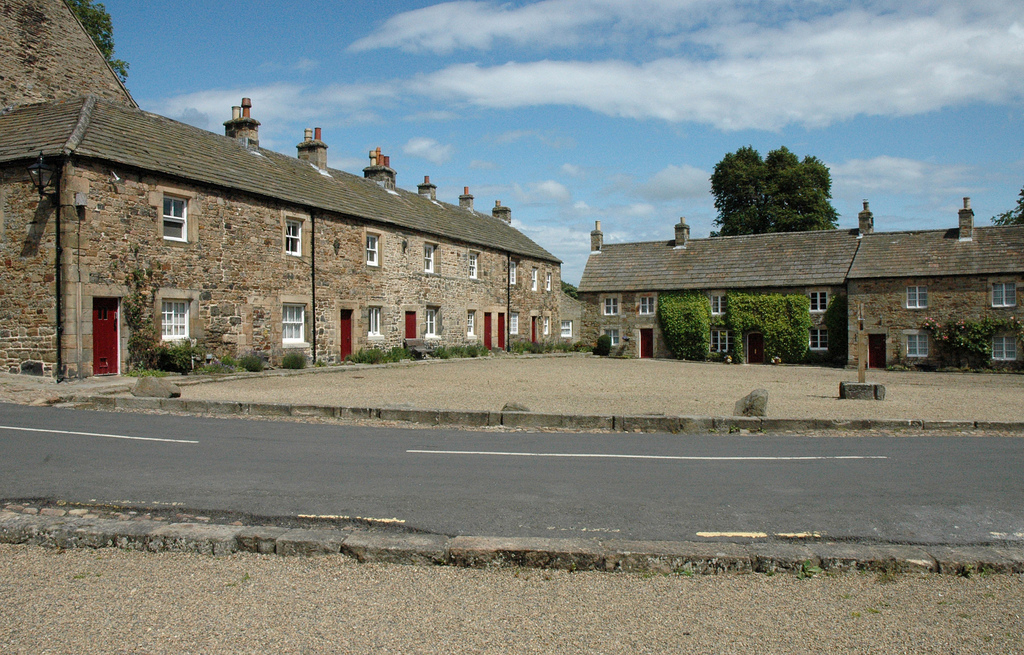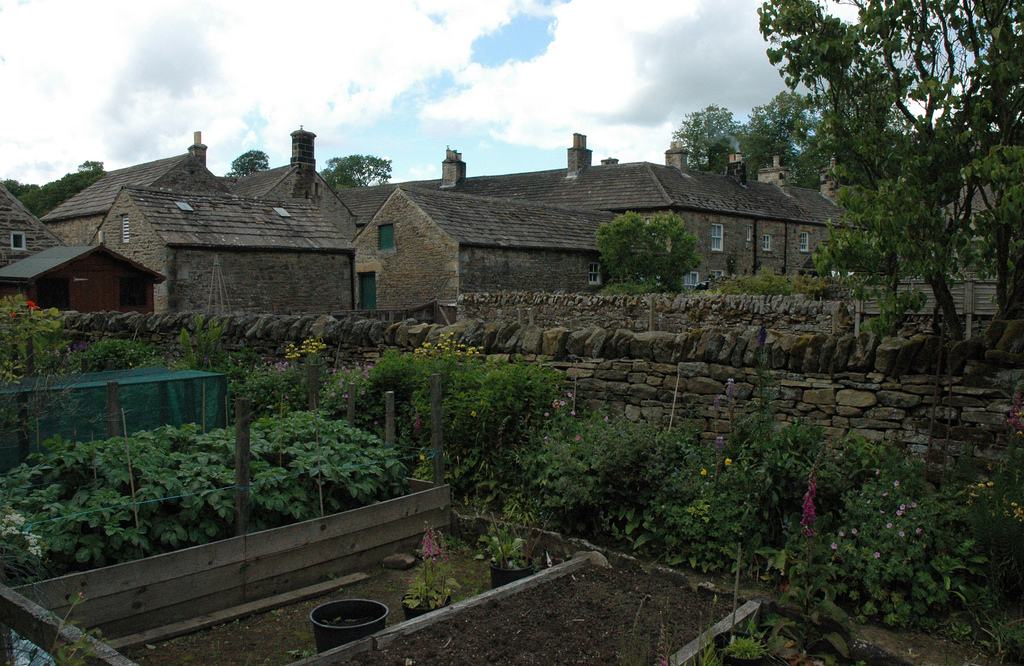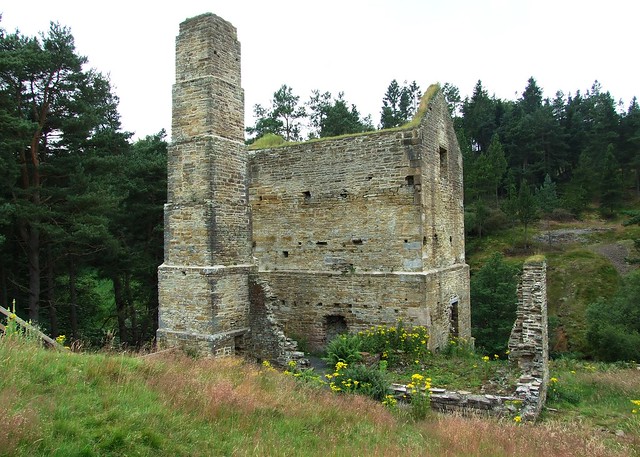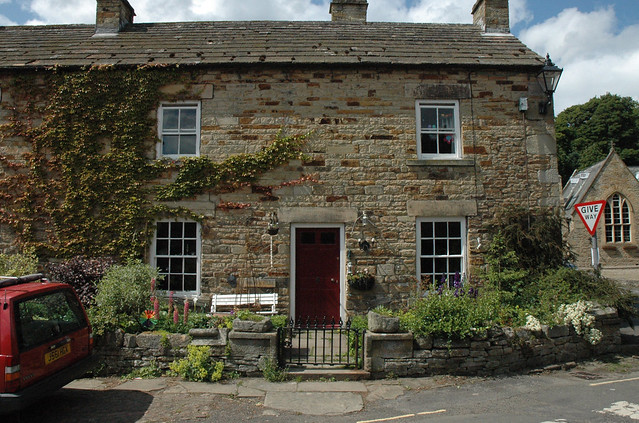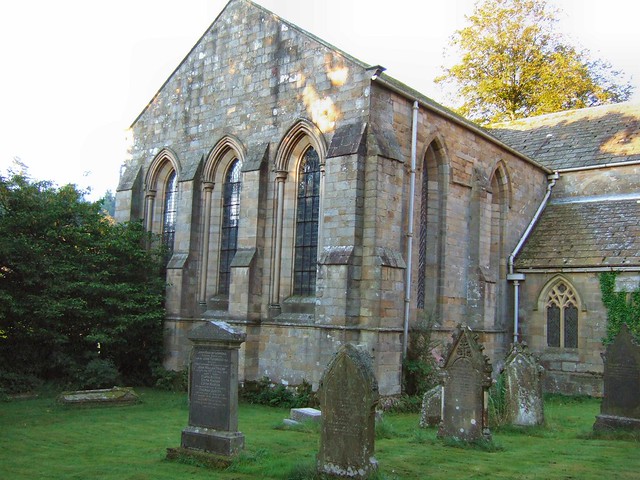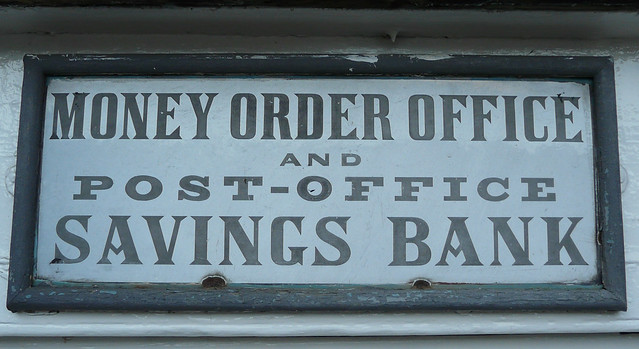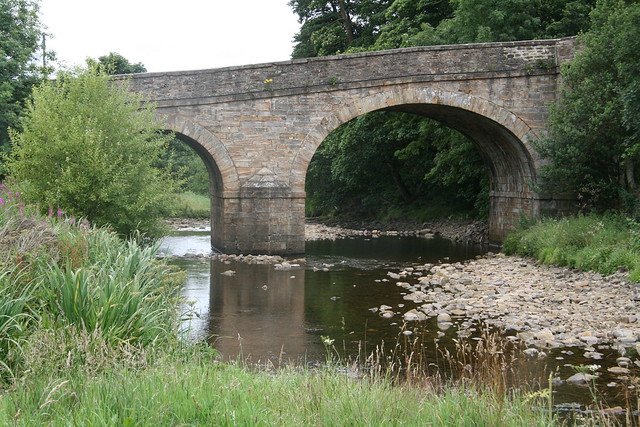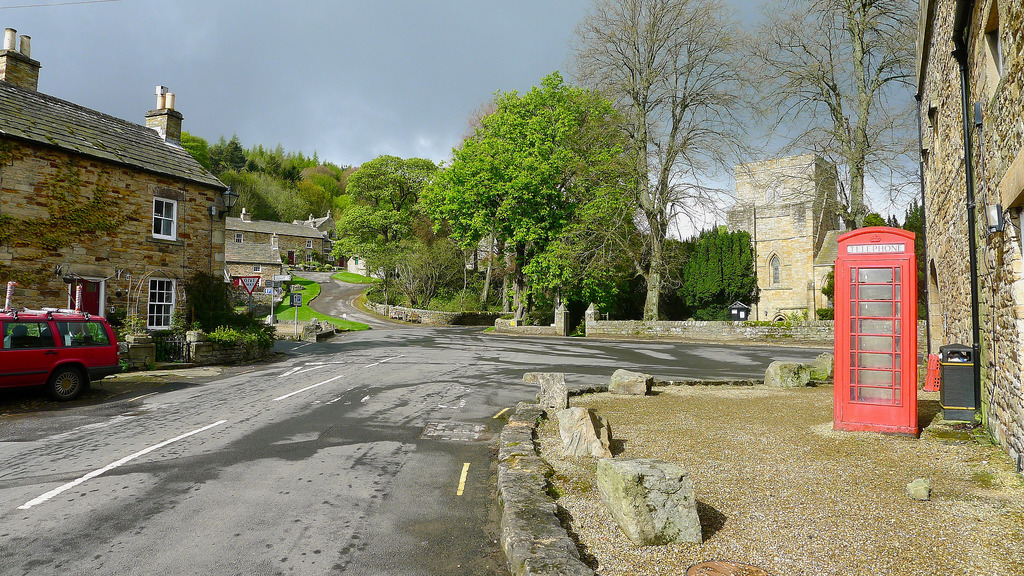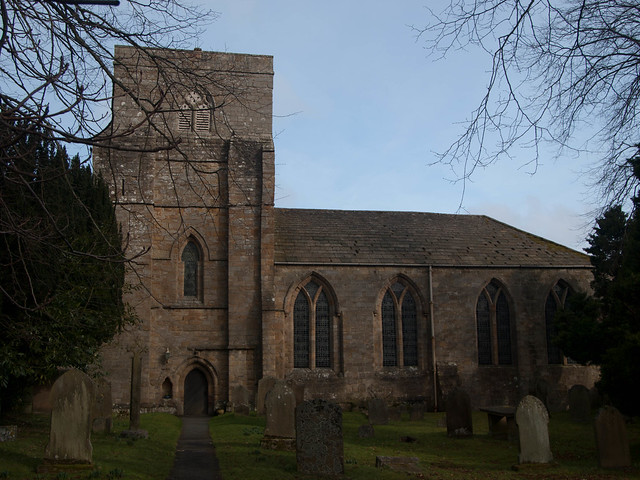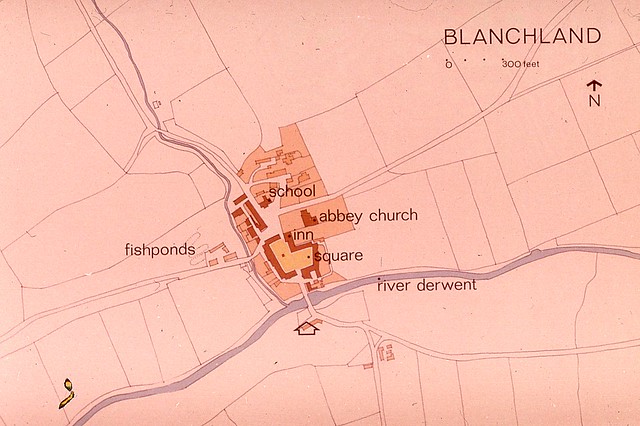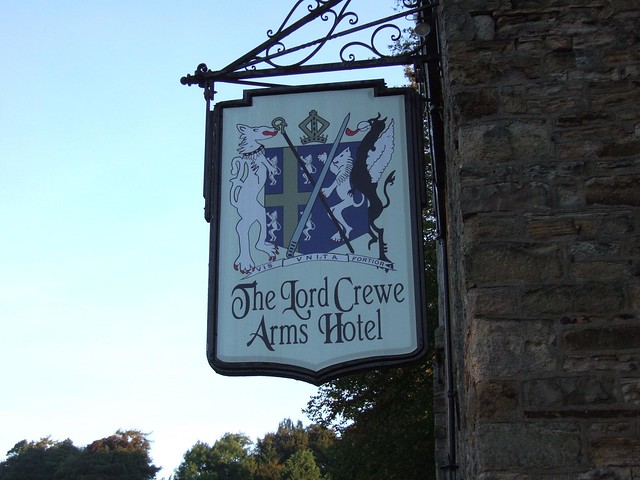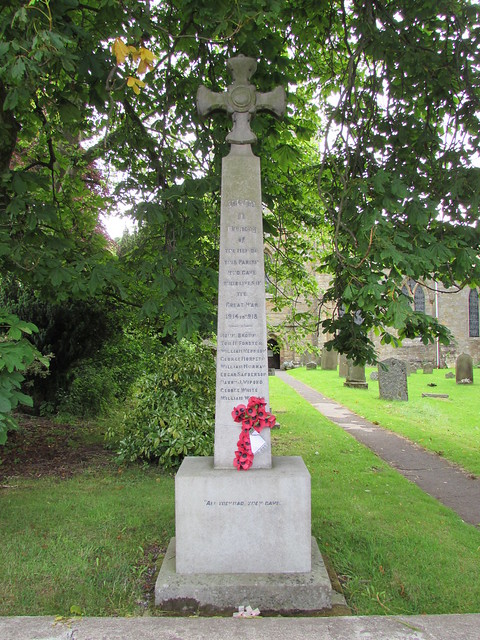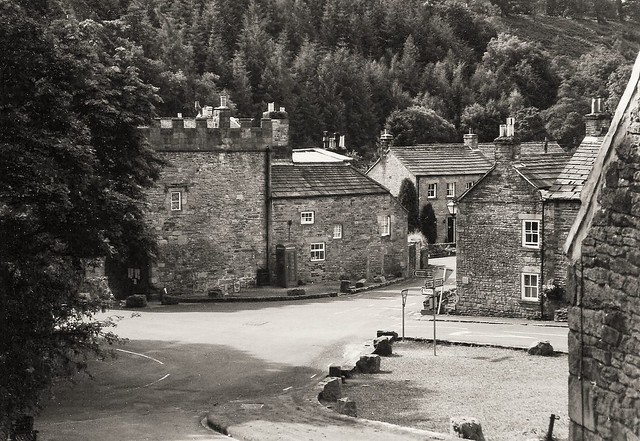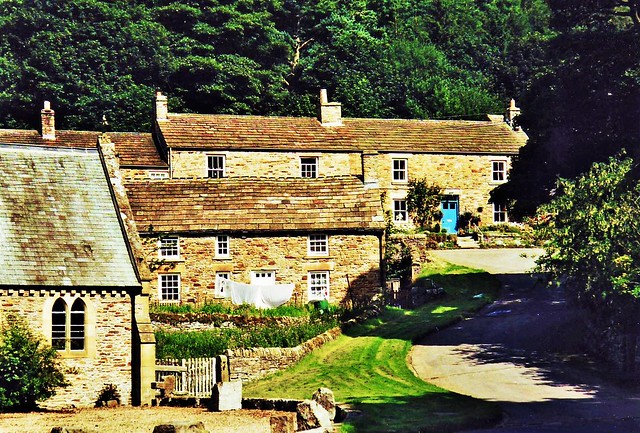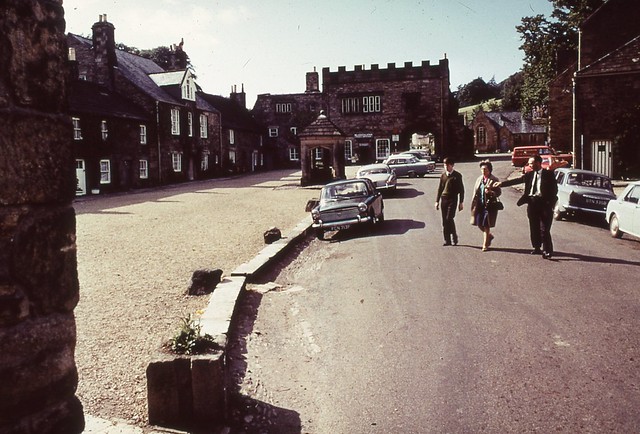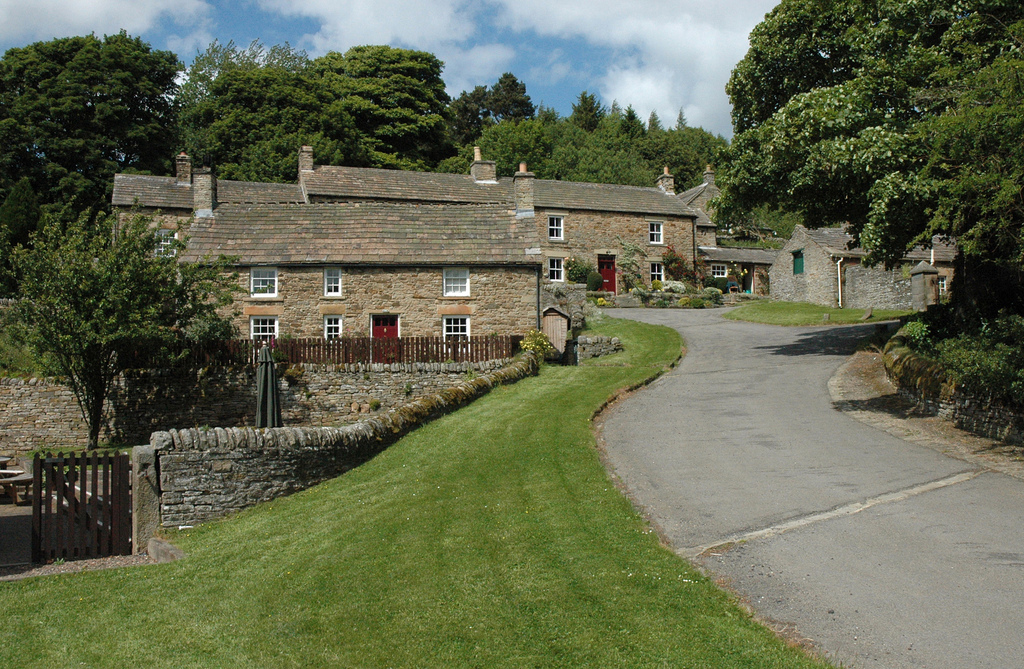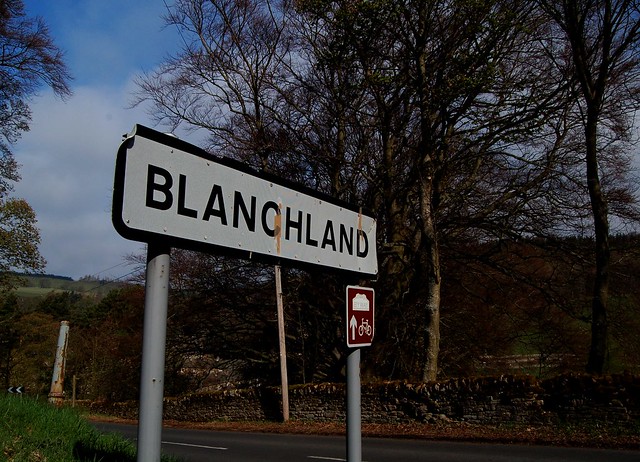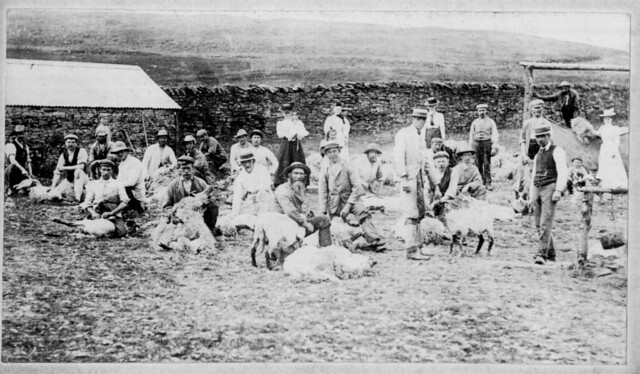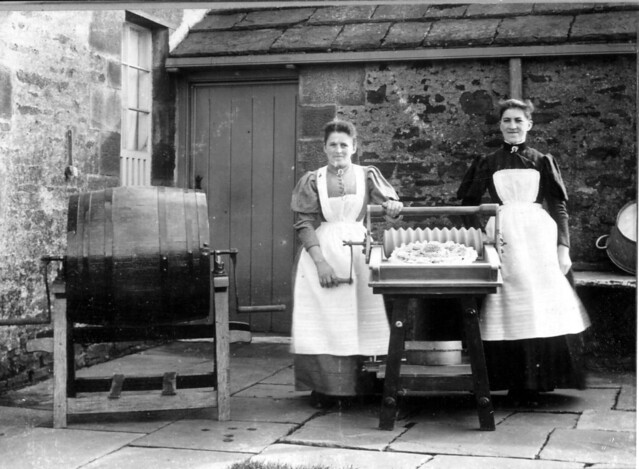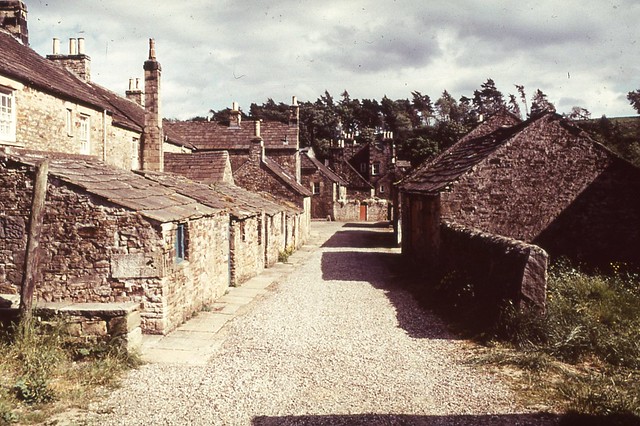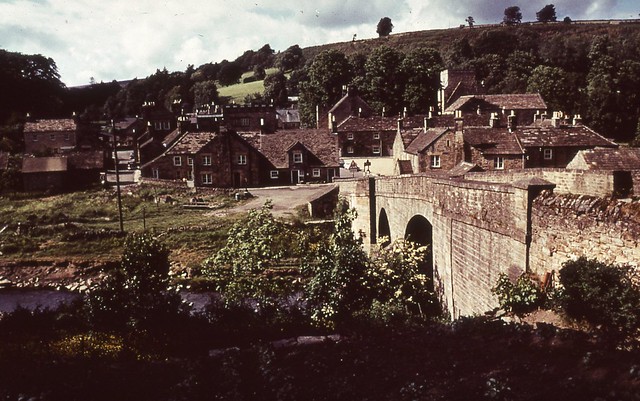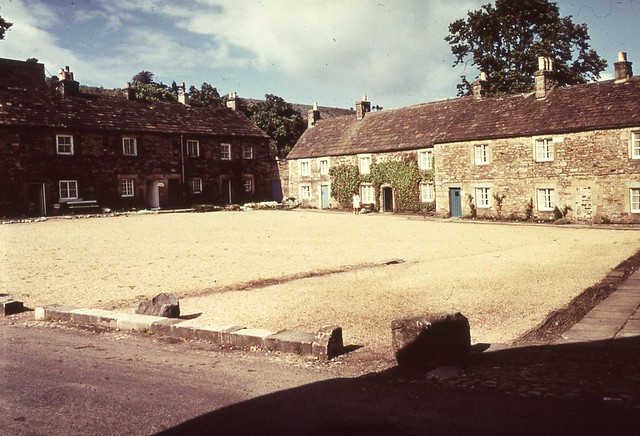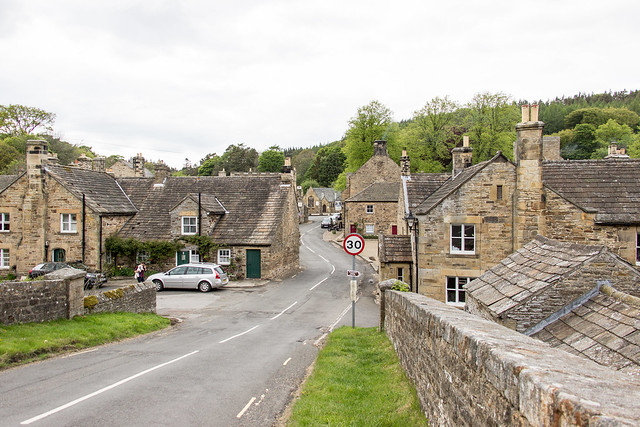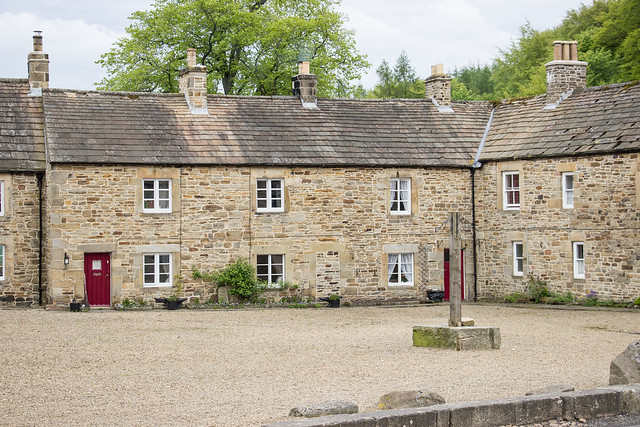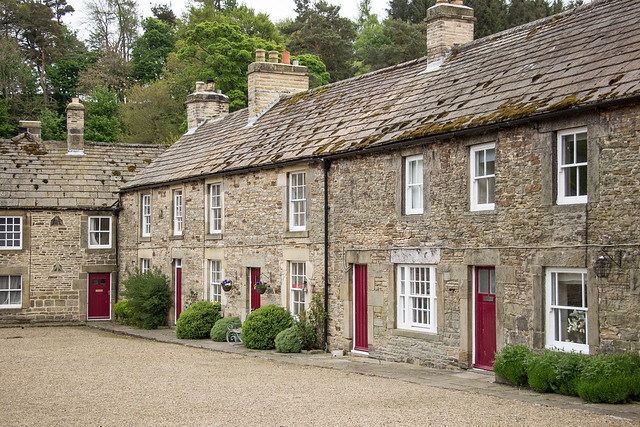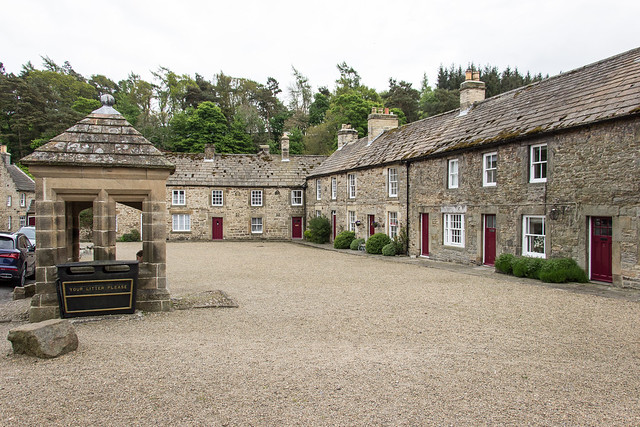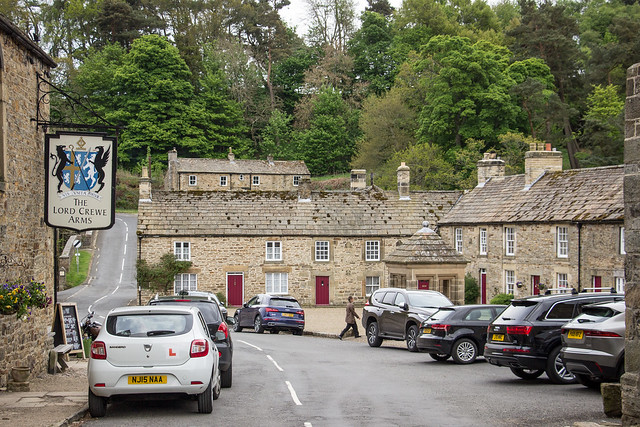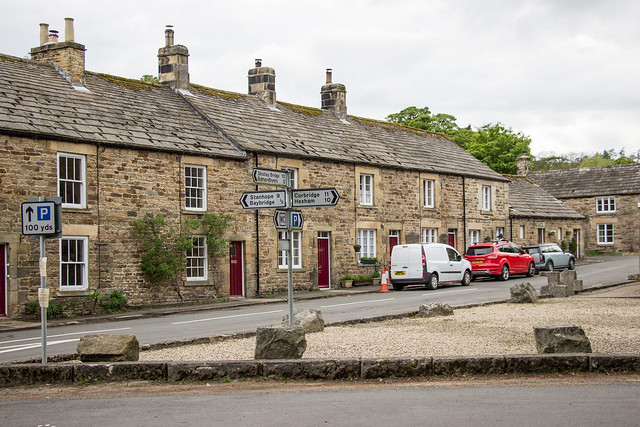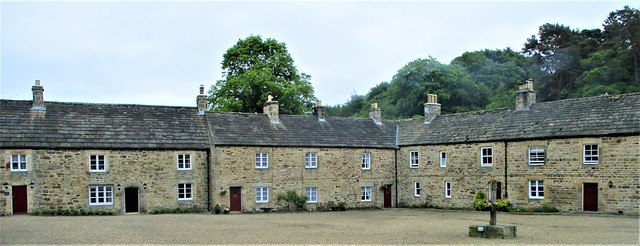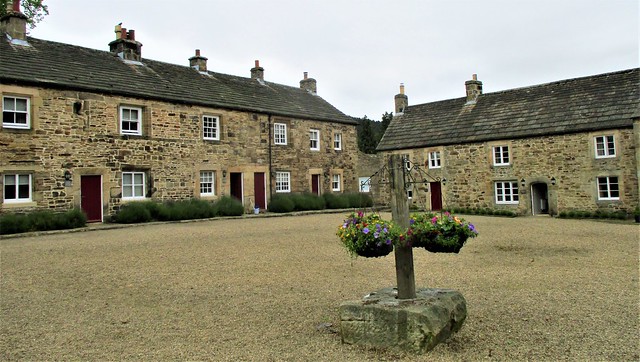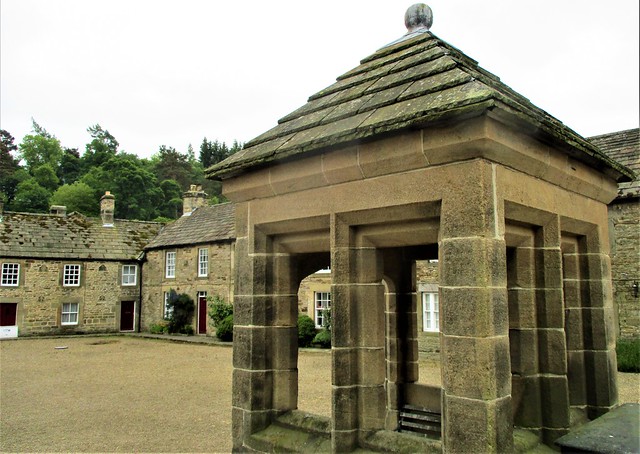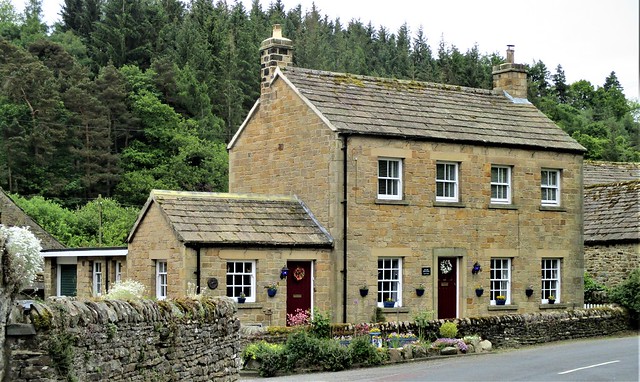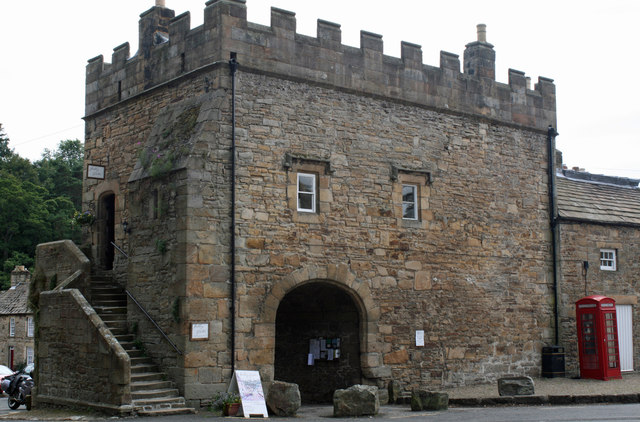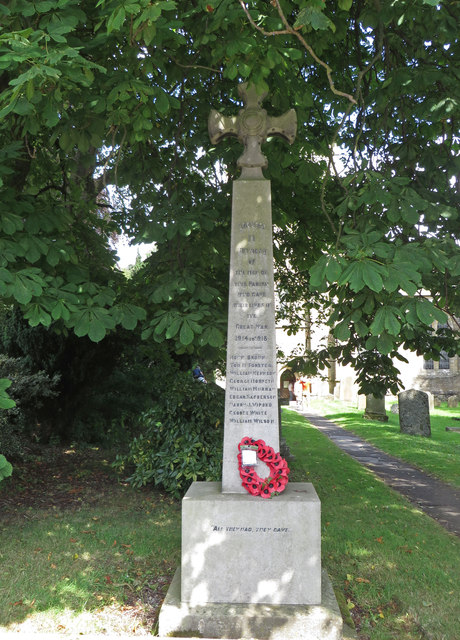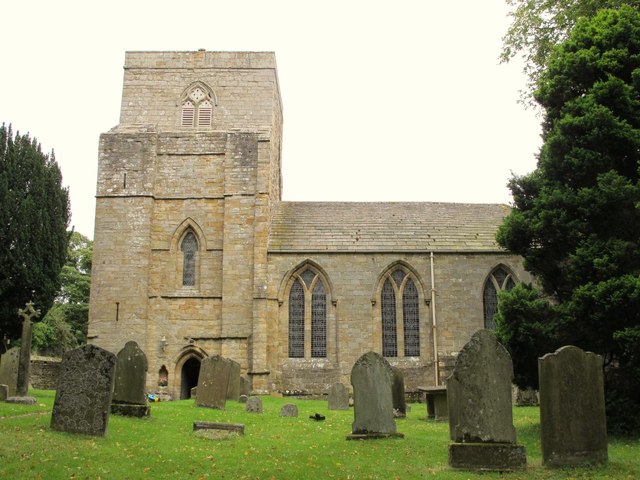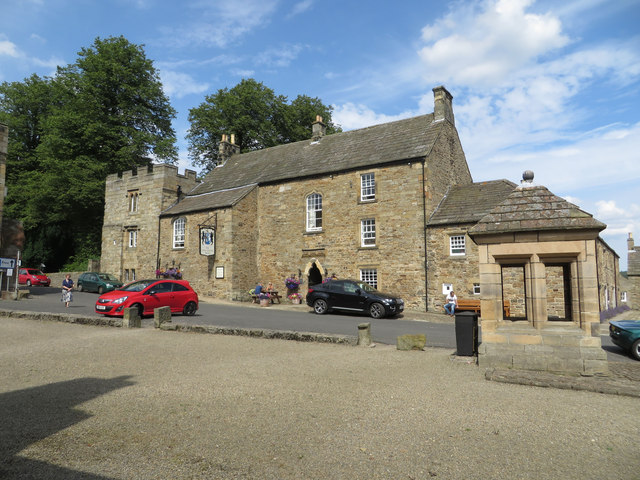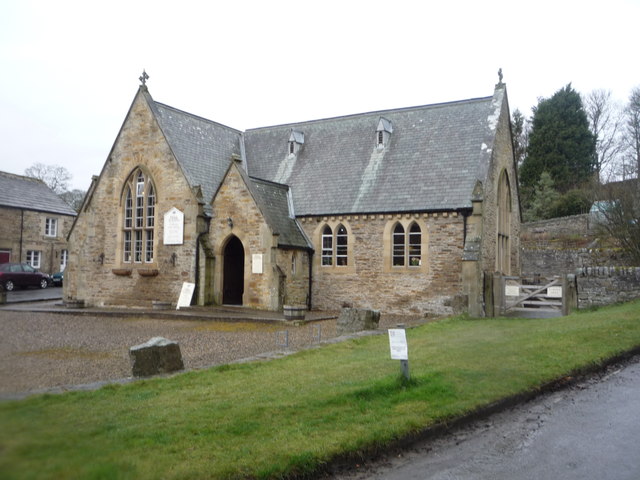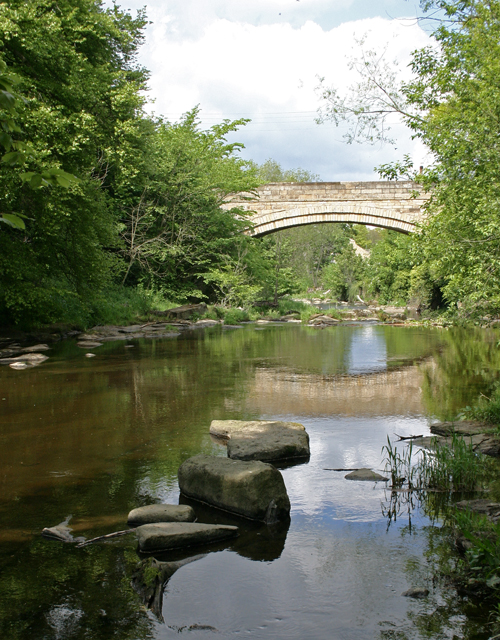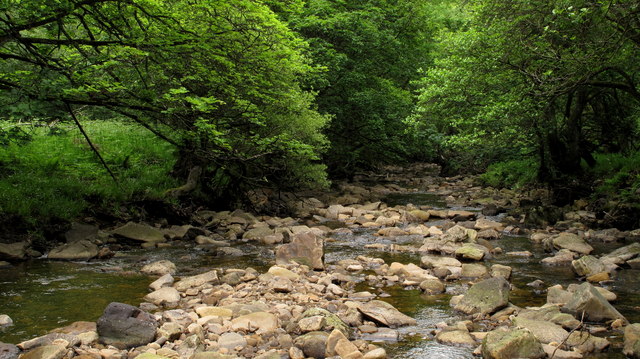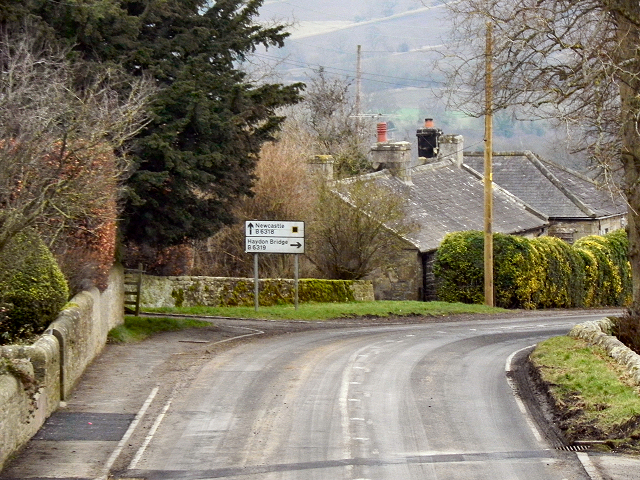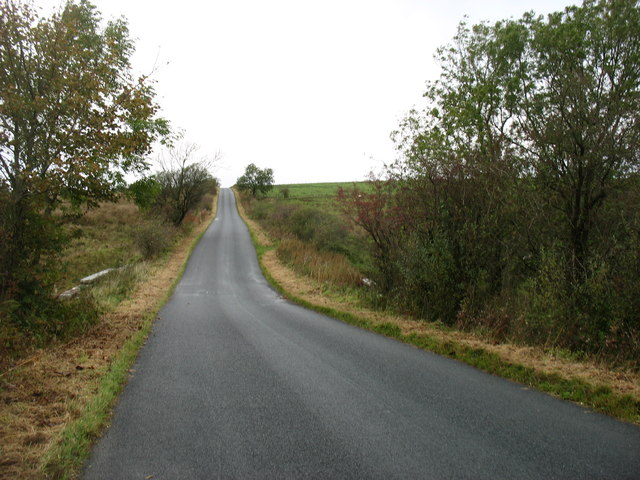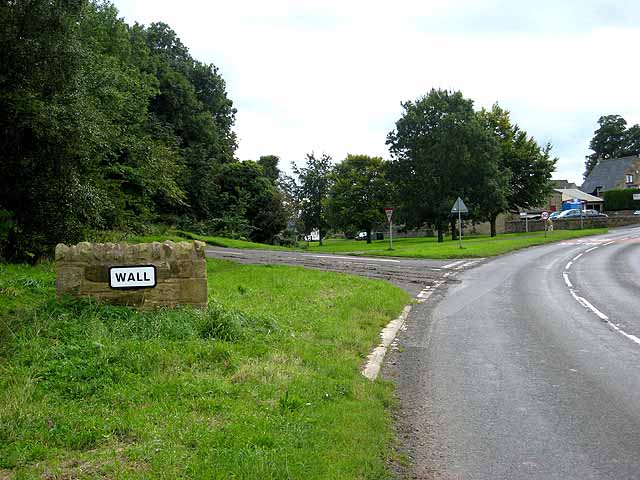Topics > Northumberland > Blanchland
Blanchland
 Blanchland is a village in Northumberland situated within the North Pennines Area of Outstanding Natural Beauty. It is very close to the border with County Durham and near to Derwent Reservoir. Blanchland Abbey was originally a pre-monstratensian priory founded in 1165 by Walter de Bolbec II. It became an abbey in the 13th century; the 16th century former Abbot's house is now the Lord Crewe Arms Hotel.
Blanchland is a village in Northumberland situated within the North Pennines Area of Outstanding Natural Beauty. It is very close to the border with County Durham and near to Derwent Reservoir. Blanchland Abbey was originally a pre-monstratensian priory founded in 1165 by Walter de Bolbec II. It became an abbey in the 13th century; the 16th century former Abbot's house is now the Lord Crewe Arms Hotel.
Blanchland is a village in Northumberland, England, on the County Durham boundary. The population of the Civil Parish at the 2011 census was 135.
Set beside the river in a wooded section of the Derwent valley, Blanchland is an attractive small village in the North Pennines Area of Outstanding Natural Beauty.
Blanchland was formed out of the medieval Blanchland Abbey property by Nathaniel Crew, 3rd Baron Crew, the Bishop of Durham, 1674-1722. It is a conservation village, largely built of stone from the remains of the 12th-century Abbey. It features picturesque houses, set against a backdrop of deep woods and open moors. Located near the Derwent Reservoir, it provides facilities for sailing and fishing.
The Lord Crewe Arms Hotel has a vast fireplace where 'General' Tom Forster hid during the Jacobite rising of 1715. W. H. Auden stayed at the Lord Crewe Arms with fellow student Gabriel Carritt at Easter 1930, and later remarked that no place held sweeter memories. Blanchland may have been the model for the village in which was set the opening and closing scenes of Auden and Isherwood's play The Dog Beneath the Skin (1935). Another celebrated poet Philip Larkin used to dine at the hotel when staying with Monica Jones in Haydon Bridge. In July 1969, Benjamin Britten and Peter Pears stayed at the Inn.
Scenes in the fictional town of Stoneybridge in the first three series of the CBBC programme Wolfblood were filmed in the village.
Its unspoilt qualities make it a frequent setting for period films, set in the 18th century, such as those based on the novels of Catherine Cookson.
Visit the page: Blanchland for references and further details. You can contribute to this article on Wikipedia.
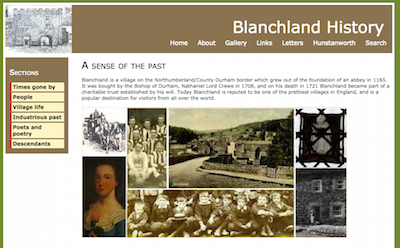
from http://www.blanchlandhistory.…
Blanchland History
- History and photographs.
Added by
Simon Cotterill
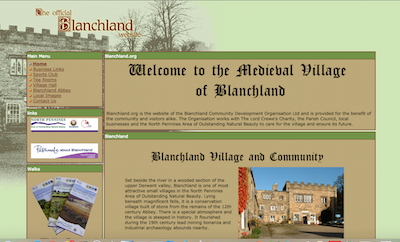
from http://www.blanchland.org/
Banchland.org
- "Blanchland.org is the website of the Blanchland Community Development Organisation Ltd and is provided for the benefit of the community and visitors alike. The Organisation works with The Lord Crewe's …
Added by
Simon Cotterill

from Newcastle libraries (flickr)
038779:Lewis Priestman, Shotley Bridge Area, Evening Chronicle c.1930/31
Pinned by Simon Cotterill
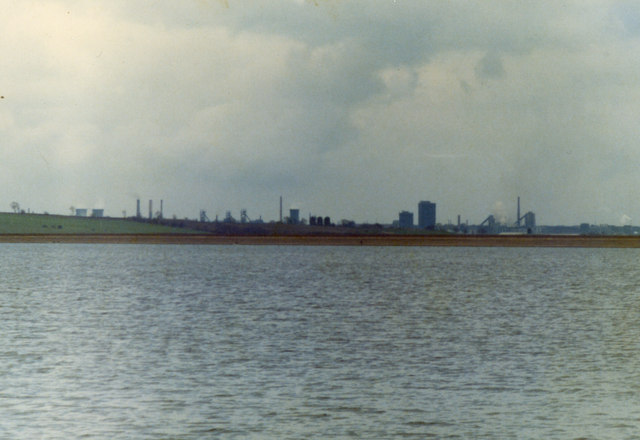
Co-Curate Page
Derwent Reservoir
- Derwent Reservoir in County Durham is a reservoir on the River Derwent close to the border between County Durham and Northumberland (not to be confused with Derwent Reservoir in Derbyshire). …
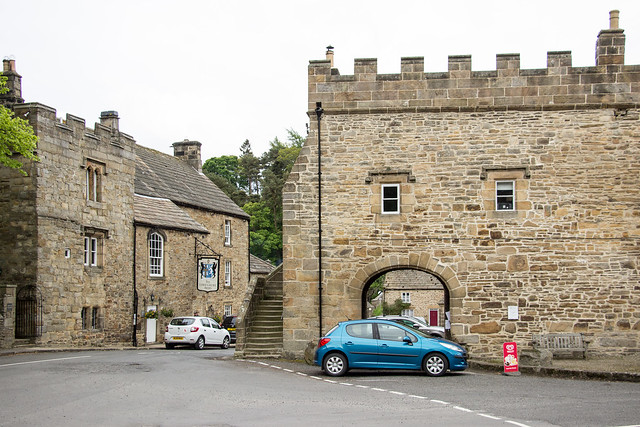
from Flickr (flickr)
Former Abbey Gatehouse, The Square, Blanchland, England
Pinned by Simon Cotterill
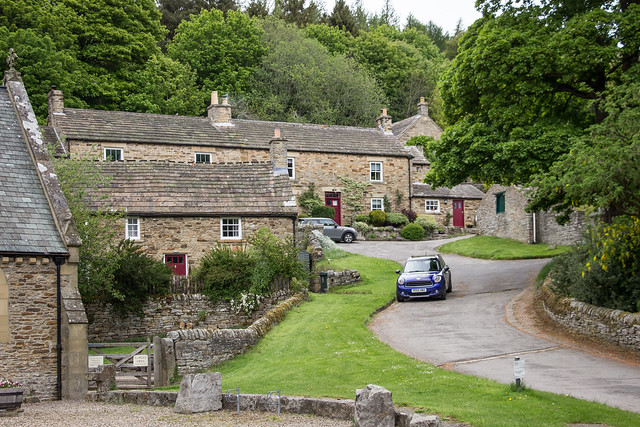
from Flickr (flickr)
Abbey Cottage and North Hill Cottages, Blanchland, England
Pinned by Simon Cotterill


from http://www.blanchlandhistory.…
Blanchland History
- History and photographs.
Added by
Simon Cotterill

from http://www.blanchland.org/
Banchland.org
- "Blanchland.org is the website of the Blanchland Community Development Organisation Ltd and is provided for the benefit of the community and visitors alike. The Organisation works with The Lord Crewe's …
Added by
Simon Cotterill

from Newcastle libraries (flickr)
038779:Lewis Priestman, Shotley Bridge Area, Evening Chronicle c.1930/31
Pinned by Simon Cotterill

Co-Curate Page
Derwent Reservoir
- Derwent Reservoir in County Durham is a reservoir on the River Derwent close to the border between County Durham and Northumberland (not to be confused with Derwent Reservoir in Derbyshire). …

from Flickr (flickr)
Former Abbey Gatehouse, The Square, Blanchland, England
Pinned by Simon Cotterill

from Flickr (flickr)
Abbey Cottage and North Hill Cottages, Blanchland, England
Pinned by Simon Cotterill
